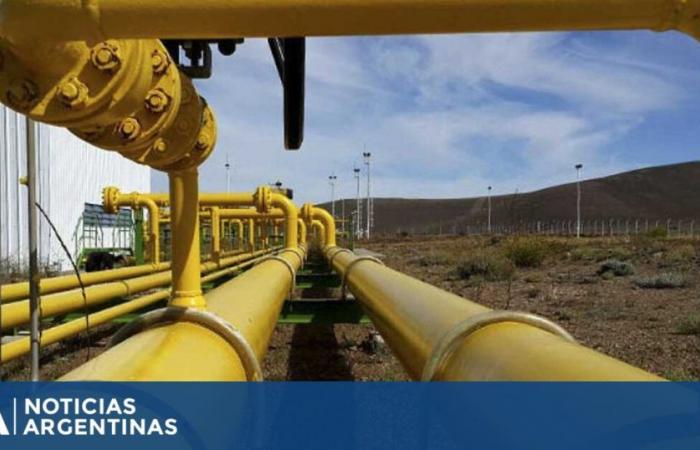
The provinces of Buenos Aires and Río Negro They are fighting for a mega investment of about US$ 30,000 million that will allow the gas obtained in the megafield of Dead cow.
This is the liquefaction plant that YPF and Petronas They will be built to be able to send the gas extracted from Vaca Muerta abroad by ship.
The Argentina GNL project of YPF and Petronas plans to have a ship by 2027 to begin the export of 6 million cubic meters of gas per day (MMm3/d).
In 2029, they would install the first ship for YPF and Petronas, and in 2030, a second for the industry. While by 2031 they project to be able to export 80 MMm3/d.
Although this project was initially going to be built in Bahía Blanca, now the government of Río Negro is fighting for the possibility of keeping that initiative.
The competition was unleashed after the president of YPF, Horacio Marín, made it a condition that Axel Kicillof’s government adhere to the Large Investment Incentive Regime (RIGI), that the project finally be built in the port of Bahía Blanca.
Marín emphasized that this was a “Essential requirements. Indispensable requirements”.
Given that statement, the Rio Negro governor, Alberto Weretilneckasked his legislators to quickly approve the Patagonian province’s accession to the RIGI, and maintains contacts with YPF.
Río Negro intends to meet all the conditions to be the headquarters of the project that would turn Argentina into an exporter of liquefied gas and would allow the province to create an export hub on its coasts, together with Vaca Muerta Sur.
Meanwhile, YPF is carrying out feasibility studies that will determine which location has the most economic advantages for the laying of the three gas pipelines that the project will require and the works in the ports.
When it is defined where it is most profitable to build the infrastructure, there will be meetings between the companies and the governors to define where to do the work.
In the province of Buenos Aires, the La Libertad Avanza blocs and the PRO Libertad bloc presented a draft declaration that explains “the imperative need for the Executive Branch to adhere to the terms of article 221, 222 and related to the Incentive Regime for Great Investments.”
And they warned that the refusal or delay “will generate the inevitable loss of investments in the hydrocarbon sector.”
For now, Kicillof is critical of the initiative: “Different industrialists, different sectors, have come to see me, with great concern about a regime that puts them in a situation of either discrimination or risk,” he said.
What is the project like?
The oil companies YPF and Petronas (Malaysia) are leading the project, which would be the “largest infrastructure project” in Argentine history, with investments of 30 billion dollars from 2025 to 2031.
If it comes to fruition, Argentina could also achieve energy exports of US$30 billion, but each year, also accounting for oil sales abroad.
YPF is studying the feasibility of carrying out the work in Punta Colorada (Río Negro) or Bahía Blanca (Buenos Aires), subject to Congress approving the most important title of the Base Law.
In Punta Colorada, Río Negro, YPF is going to build a deep-water port to be the Vaca Muerta crude oil export terminal.
The company started with the first 130 kilometers of the Vaca Muerta Sur pipeline, which at its maximum operational capacity starting in mid-2026 will allow it to transport some 390,000 barrels per day (bpd) and end the bottlenecks in the evacuation of shale oil, while Oleoductos del Valle (Oldelval) completes its Duplicar Plus and Triplicar projects that will expand the oil outlet to Bahía Blanca.
The idea is that by 2029 the first liquefier ship will be operational, which will be built entirely abroad, and will have a capacity of 20 MMm3/d.
In 2030, another vessel with the same capacity would be added, and in 2031 the onshore plant would be ready with a volume of 80 MMm3/d, for a total of 120 million exportable m3 per day, which would almost double the current production of natural gas. Argentina.
For it to be profitable, the price of gas at the port needs to be less than US$8 per million BTU, and in Vaca Muerta it costs less than US$3.





